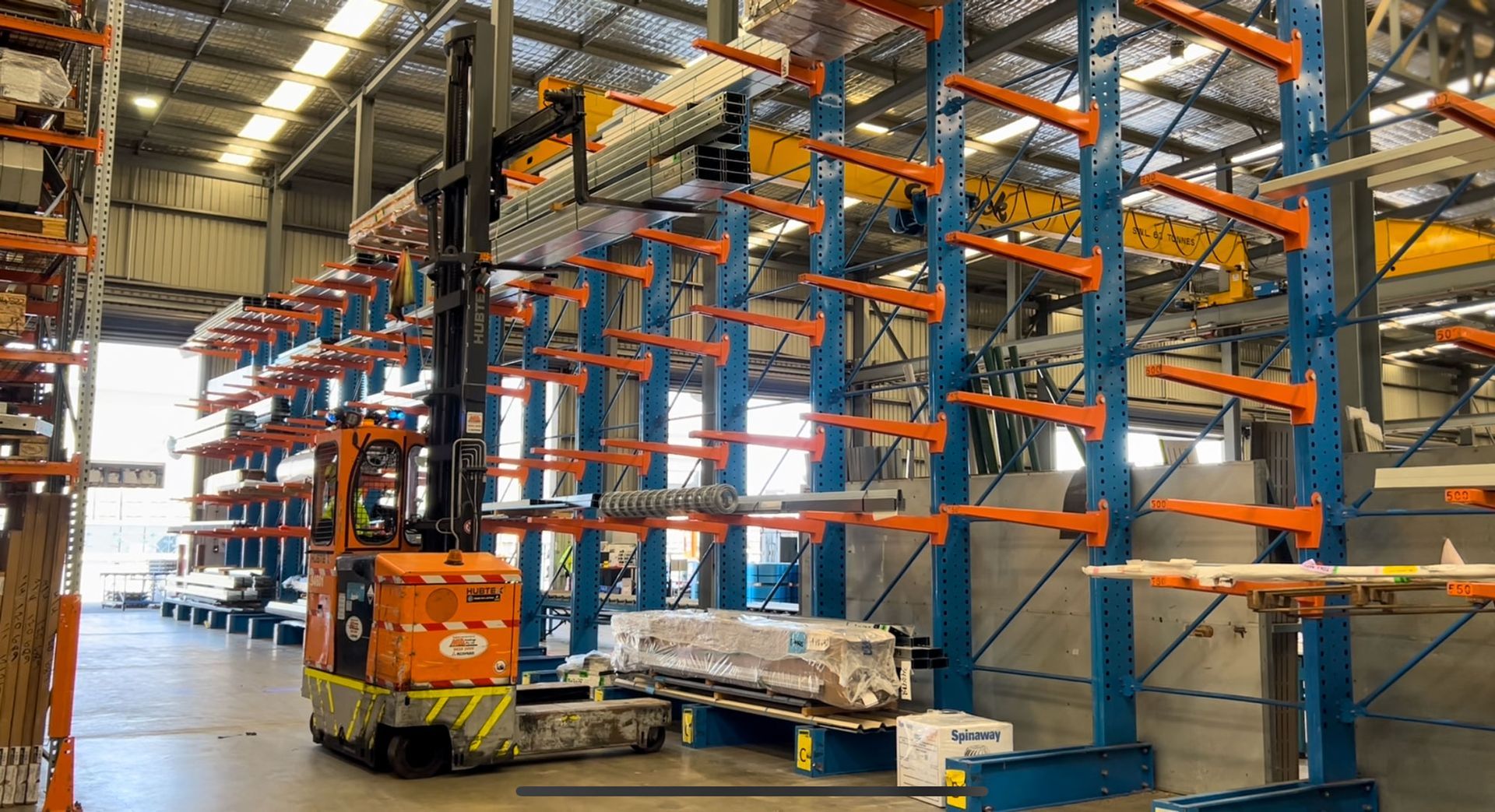Tired of Churn? How Managers Can Work Better with Recruitment Agencies
A Manager's Guide to Getting the Best from Your Recruitment Agency
The transactional approach to filling a vacancy, even with a star candidate, works sometimes, but to sustainably build a high-performing operation, businesses need a more holistic, strategic approach to recruitment.
This article highlights the significant benefits of a strategic recruitment agency partner and how they can support safety, onboarding, and performance in your business. It also outlines the key indicators of a genuine agency partner, ensuring the right people are recruited, developed and retained.
Understanding Recruitment Agency Services
Recruitment agencies typically source, recruit, and supply job-ready workers to meet short-term, seasonal, project-based or permanent staffing needs. A typical agency will handle the recruitment process, compliance and employment administration. When engaging staff on a labour hire basis, agencies will include payment of wages, superannuation (SGC), payroll tax, workers’ compensation insurance and processing of payroll, which is all included in an hourly charge rate.
The fair and reasonable expectations are often misaligned with what an agency delivers. Typically, the gap is due to either a lack of communication by the agency or the service delivery that was promised wasn’t up to scratch. Either way, it can be expensive when the business is incurring labour or recruitment costs and not getting the desired output. Add other costs such as damaged products, equipment, or rework and it’s easy to understand why employers become frustrated and hesitant to outsource recruitment.
Does this Scenario Sound Familiar?
A very common request from Managers generally follows this sort of a script, “I need a labourer to do some clean-up work around the yard.” Unfortunately, many recruiters take that request and enthusiastically go ahead with a search or advertisement for a good labourer. If you’re digesting that scenario and thinking, ‘how could they possibly put forward the right person?’ you’d be right - they couldn’t.
Managers are under more time pressure than ever before, so requesting labour needs to be quick and to the point. Later in this article I outline how a manager can reliably make that sort of short request and get exactly who they need from the recruiter.
Many years ago, very early in my recruiting career, I participated in a communication exercise. It taught me one very important thing - if you don’t ask the right questions, you won’t get the right answers.
From that experience, I established a rule: if a candidate I placed wasn’t right for the role, it was because I didn’t ask the right questions, particularly of the manager, but also of the candidate.
Of course, my managers back then simply didn’t have the time to educate me on every aspect of the operation. So, with their permission, I set myself the task of learning and spending time on the factory floor so I could intimately understand each role, the skills involved, personality types, how the role connected to other departments, the culture and overall work environment.
Within a few months, I knew that if the client asked me for a labourer to clean up the yard, they meant a labourer with a forklift ticket who is physically capable of manoeuvring 15kg items, is prepared to work afternoon shifts, has past experience in the transport industry (because they’ll be working in a despatch area) and has full time work rights. And if the candidate has the right attitude and fits in, we’ll probably train them up to be a loader.
That exercise in understanding the business evolved into what used to be labelled ‘value adds’ in the late 1990’s. Some of these included attending site to discuss candidate performance with managers, working through HR issues, completing paper-based inductions with new starters, participating in safety meetings, being involved in production meetings, coordinating training for candidates, and managing absenteeism and punctuality. While it wasn’t labelled a partnership at the time, the collaboration was just that.
Beyond Hiring: The Real Value of a Recruitment Partnership
A true recruitment partnership goes well beyond filling vacancies. It supports business performance through a strategic approach which focuses on retention, onboarding, compliance, workforce planning, and cultural fit. It delivers not just workers, but operational performance.
So, what does a genuine recruitment partnership look like? And how can managers distinguish between a recruiter and a strategic workforce partner?
Working successfully with an agency is dependent on two very important pre-requisites:
- The agency and its recruiters or account managers must be able to collaborate effectively with managers and;
- Managers must be open to work collaboratively with the recruiter and agency.
With those pre-requisites established, here’s a service model that distinguishes a recruitment agency from an agency partner.
Frequent, Transparent Communication
We’re now on the same Team, so the recruiter and manager should discuss a wide range of issues. Some of those will be sensitive, some will challenge standard practice, but honesty and transparency significantly shape the outcome.
Understand the Business
Successful recruitment begins long before a job ad is posted. A recruiting partner takes time to understand the business, its culture, and its challenges. This involves site visits, observing operations, and asking the right questions about the role, expectations, safety risks, and ideal personality fit.
Insight and Advice
A strong partner provides market intelligence on candidate availability, wage expectations, skills shortages, and timelines helping the manager make informed decisions from the outset.
Workforce Planning and Agility
Recruiting is rarely isolated, it’s tied to growth, seasonality, turnover, or workforce changes. That’s why a recruitment partner works with managers to plan labour needs, ramp-ups, and reduce reactive, last-minute recruiting. Some periodic discussions might include succession planning for key roles, creating casual-to-permanent pathways or building a pipeline of pre-qualified candidates.
Onboarding and Induction
A well structured onboarding program leads to lower turnover, earlier productive capability and far better compliance to safety. In a partnership model, recruiters facilitate and support a candidate through an onboarding process, including the induction.
Feedback and Performance
A strong agency partnership provides ongoing insights on candidate performance, cultural alignment and engagement. This includes:
- Structured check-ins (day one, week 1 and monthly)
- Counselling and advice on attendance or punctuality
- Coaching underperforming staff to better performance or replacement - either way, the objective is to get there in the shortest possible time
- Recognising, retaining and helping develop high performers
Data-led insights such as tenure averages, redeployment success rates, or causes of turnover give managers and recruiters visibility and the opportunity to leverage or correct certain trends.
Supporting WHS
When engaging labour hire employees, there is an important shared responsibility for compliance and safety. This goes beyond checking licences and collecting timesheets.
A strong partner supports:
- WHS compliance and incident reporting
- Site-specific training or verification of competencies
- Shared toolbox talks or safety meetings
- Open communication about risks, fatigue, or unsafe behaviours
Strategic Input that Goes Beyond the Brief
The best recruitment partners do more than follow instructions; they challenge assumptions and contribute with suggestions, ideas and solutions.
This may include:
- Recommending alternative rosters or shift structures
- Supporting diversity, equity and inclusion goals
- Advising on employer branding and EVP
- Offering post-placement reviews and candidate feedback
Transparent Commercial Terms
Partnerships are built on trust and that includes commercial terms. Agencies should provide clear reporting on costs, margins, and value. Open book models are ideal because they are based on pay rates, statutory oncosts and set services margins. It’s much easier to budget and predict agency labour cost, but it also saves time working out charge rates anytime there’s a new vacancy.
3 Things Managers Need to Check When Considering an Agency Partnership
- A statement or initial outline which clearly defines its intention and commitment to collaboratively working with you and the business over the longer term, regardless of how often or how many vacancies you have.
- Demonstrated experience in delivering a hands-on recruitment service that includes understanding your business, identifying the right talent, and remaining involved well after the initial placement.
- A post-placement service model which includes regular on-site support, workforce monitoring, and ongoing feedback to ensure new hires are performing to expectations.
Looking to Partner with a Recruitment Agency?
If you are looking to partner with a recruitment agency who ticks all the boxes, IRP are here for you. Reach out to our team today at hello@irp.net.au to find out how we can help your business.
Join Our Mailing List
Interested in receiving more content similar to this straight to your inbox each month? Sign up to our mailing list below!











